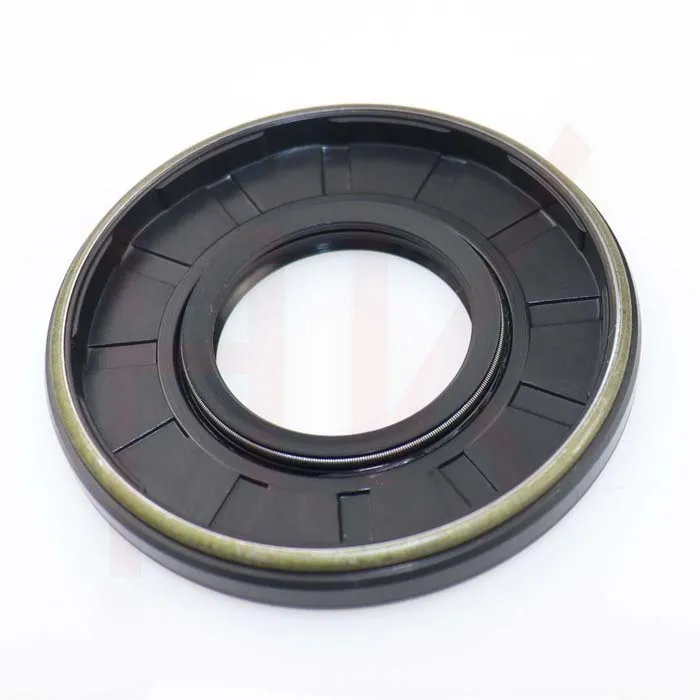Dec . 25, 2024 03:33 Back to list
wheel bearing grease seal
Understanding Wheel Bearing Grease Seals Importance, Function, and Maintenance
Wheel bearing grease seals are a critical component of any vehicle's wheel assembly, playing a vital role in the overall performance and longevity of wheel bearings. These seals are designed to block out contaminants such as dirt, water, and debris, while retaining the necessary grease that lubricates the wheel bearings. In this article, we delve into the importance, functionality, and maintenance of wheel bearing grease seals.
The Importance of Wheel Bearing Grease Seals
Wheel bearings are essential for enabling the wheels to rotate smoothly and support the weight of the vehicle. Without adequate lubrication, friction will build up, leading to overheating, premature wear, or even complete bearing failure. Grease seals are strategically positioned to ensure that wheel bearings remain lubricated while preventing harmful external elements from entering this critical area.
One of the biggest threats to wheel bearings is contamination. Dust and moisture can significantly impair the grease's effectiveness, leading to mechanical issues. The grease seal acts as a barrier, ensuring only the right substances—mainly grease—are present in the bearing assembly. This is why the integrity of the grease seal is paramount; any compromise can lead to costly repairs and unsafe driving conditions.
How Grease Seals Function
Grease seals utilize a simple yet effective design to perform their task. They are typically constructed from durable materials such as rubber or polyurethane, which provide flexibility and resistance to wear over time. The seal creates a static and dynamic seal that allows for movement while maintaining a tight barrier against contaminants.
When the wheel is in motion, the centrifugal force generated helps to press the grease against the seal, ensuring a tight fit. This mechanism prevents any contaminants from entering the bearing housing and keeps the lubricant inside. The design of the seal often includes features such as a lip that makes contact with the bearing surface, improving its sealing capabilities.
Furthermore, some grease seals are vented to allow air to escape, preventing the build-up of pressure that could lead to seal failure. This is particularly important in high-performance applications where heat and pressure levels can fluctuate significantly.
wheel bearing grease seal

Signs of Seal Failure
Maintaining the integrity of grease seals is essential, as any signs of failure can lead to serious issues
. Common indicators of a malfunctioning or damaged grease seal include1. Grease Leakage Excess grease around the wheel or hub area signifies that the seal is compromised, allowing grease to escape. 2. Noise A grinding or humming noise while driving can indicate that the bearings are no longer properly lubricated, suggesting seal failure.
3. Wheel Play If you feel excessive movement in the wheel itself, it could indicate that the bearings have become damaged due to inadequate lubrication.
4. Visual Inspection Regularly inspecting your vehicle's wheels can reveal cracks, tears, or deformations in the grease seal, prompting immediate replacement.
Maintenance and Replacement
Regular maintenance and timely replacement of grease seals are crucial for optimal vehicle performance. Vehicle owners should include a visual inspection of the seals as part of their routine maintenance checks. If signs of wear or damage are detected, replacement should be prioritized.
Replacing grease seals typically occurs during wheel bearing servicing or when new bearings are installed. The process involves removing the wheel hub, replacing the damaged seal, and ensuring proper lubrication before reassembly. It is vital to use seals that match the vehicle's specifications to ensure efficacy.
In conclusion, wheel bearing grease seals may seem like small components in the grand scheme of a vehicle's mechanics, but their importance cannot be overstated. By understanding their role, recognizing signs of wear, and prioritizing maintenance, vehicle owners can ensure a smoother and safer ride, prolonging the life of their vehicle's wheel assembly. Maintaining these seals contributes not only to the performance of the vehicle but also to overall road safety. Always consult with a qualified technician when in doubt, and make regular checks part of your vehicle maintenance routine.
-
TCN Oil Seal Metal Ring Reinforcement for Heavy Machinery
NewsJul.25,2025
-
Rotary Lip Seal Spring-Loaded Design for High-Speed Applications
NewsJul.25,2025
-
Hydraulic Cylinder Seals Polyurethane Material for High-Impact Jobs
NewsJul.25,2025
-
High Pressure Oil Seal Polyurethane Coating Wear Resistance
NewsJul.25,2025
-
Dust Proof Seal Double Lip Design for Construction Equipment
NewsJul.25,2025
-
Hub Seal Polyurethane Wear Resistance in Agricultural Vehicles
NewsJul.25,2025
-
The Trans-formative Journey of Wheel Hub Oil Seals
NewsJun.06,2025
Products categories
















